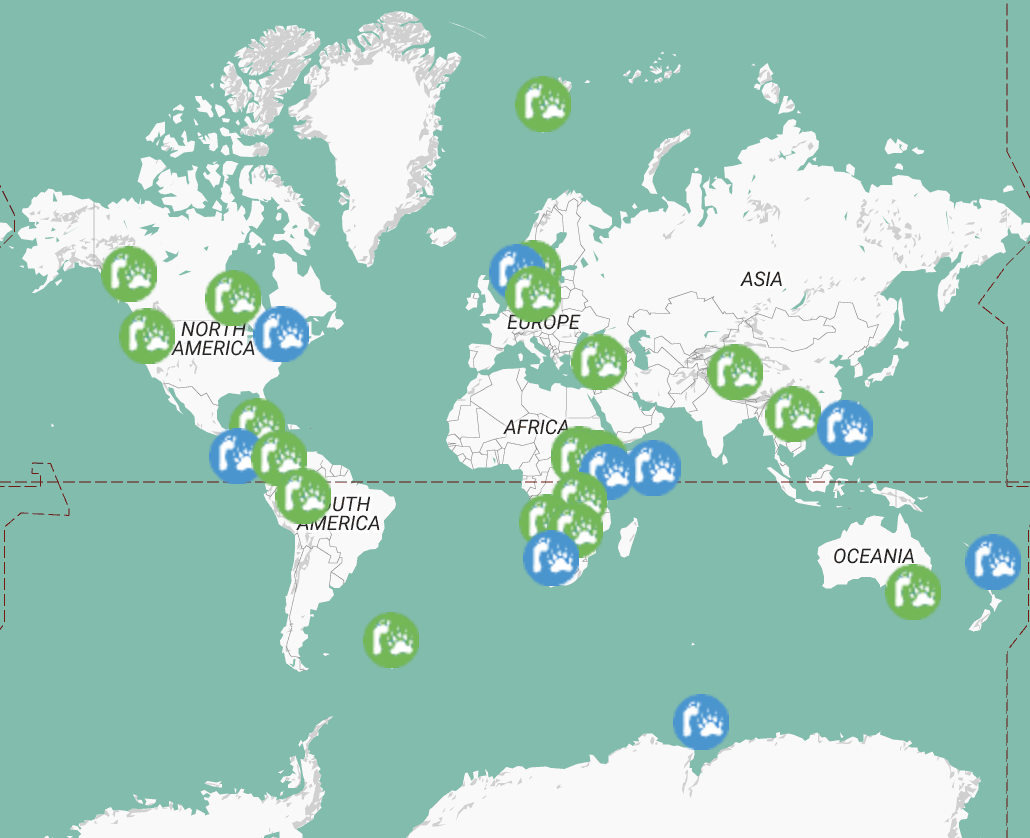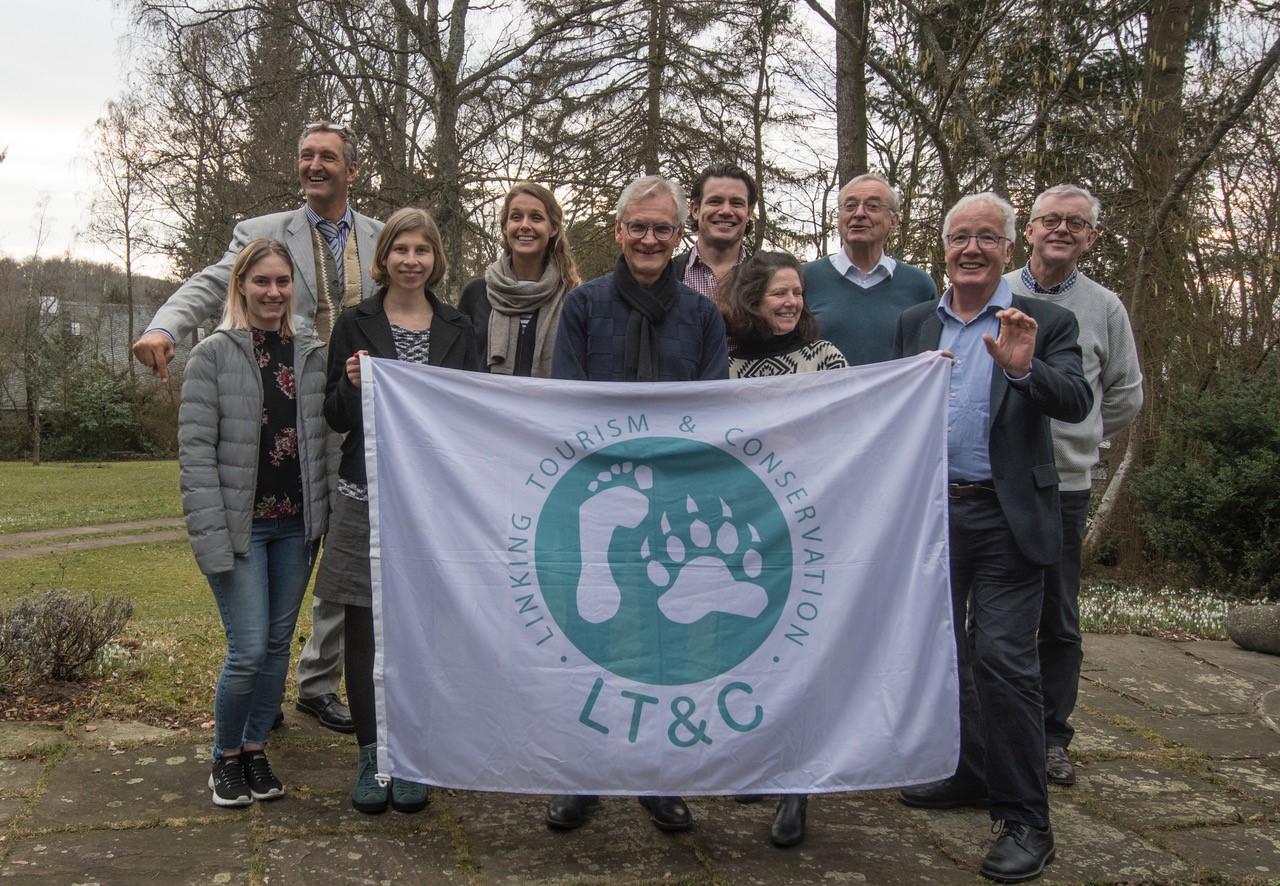Koenigstein/Taunus, February 22,
During the same month in 2014, “Linking Tourism & Conservation” (LT&C) was established and registered in Norway as a non-profit conservation organization with the mission to profile tourism that contributed to the global protected areas network. Now, five years later, a small group of founding Board members and other highly motivated “penguins” (in the photo) met in Koenigstein near Frankfurt/Main, Germany, to outline the future development of what is today an entirely voluntary organization. In relation to its small budget and lean administration, the achievements of LT&C are impressive. More than 300 competent and positive-minded members (known as penguins), distributed over all continents, have joined us; and, they are our main asset and the reason for our credibility. They represent both realms – tourism and conservation -and their backgrounds cover all levels of global society, from travellers and birdwatchers to tour companies and conservation NGOs up to UN organizations. They have identified and profiled 30 LT&C-Examples for replication, examples where tourism supports the establishment or development of national parks and other types of protected areas around the world.
On this basis, the team in Koenigstein was highly encouraged about the future of the organisation and set itself a task to outline a broader strategy for a quantum leap of LT&C.

The question “what if tourism could save the world’s protected areas?” is a big challenge, and LT&C penguins from all over the world are marching together to achieve this goal. They do this because
…the annual cost for effective management of a complete global network of protected areas (as the UN aims to achieve by 2020) is estimated to be less than 0.5% of annual world tourism turnover;
… more than 50% of all tourists visiting a foreign country make use of protected natural areas in some way, and nature-based tourism is increasing most rapidly;
… only the existing national parks already produce annual global revenue of US $600 billion for tourism-, real estate- and other businesses. Giving back only 5% of this sum would secure a globally complete network of protected areas (the UN goal for 2020).
LT&C is based on the compelling idea that tourism, the industry that benefits so much from protected natural areas, can play a critical role in ensuring that the UN goal of a complete, representative and well-managed global network of protected areas (17% on land and 10% marine) will be achieved by 2020.
LT&C profiles and facilitates a network of experts, knowledge, experience and effective practices of tourism supporting protected areas (LT&C-Examples), and it promotes such examples for replication. LT&C, to this day, is a support organization of the so-called Aichi Target 11 of the UN Convention on Biological Diversity (CBD), the above mentioned global network of protected areas. In 2020 the CBD will evaluate how far this target has been reached and then agree on post-2020 targets.

The Koenigstein team, therefore, took the preliminary decision to align the future work of LT&C with the anticipated 2030-targets of the CBD. However, LT&C may broaden the strict focus on IUCN-defined protected areas to a wider range of area-related conservation supported by tourism in diverse examples.
The new and broader strategy of LT&C, as outlined by the Koenigstein team, will now be presented and considered at the Annual General Meeting (AGM) on the 31st of May in Ramberg/Lofoten. Core elements of the new strategy will aim:
- To multiply the present amount of LT&C-Examples;
- To find financial incentives to LT&C-Example-providers to couple with Example-replicators;
- To strengthen the relationship with our partners, including UN-organisations, and continue to build on synergies with other organisations;
- To encourage our tourism business members, which provide LT&C-Study Tours, to work more closely together, forming a major force for achieving more LT&C-Examples;
- To engage with partners in a broader context, and more specifically, on conservation projects;
- To engage in more education activities;
- To secure sufficient funding so for LT&C can hire its own staff to sustain and grow the organization, including undertaking the new tasks identified above, in addition to the voluntary commitments;
- To achieve all of these objectives as a member-based organization by significantly growing the global penguin population.
If you, therefore, want to join the march of our penguins or contribute other ideas, you should
Contact us
"*" indicates required fields



